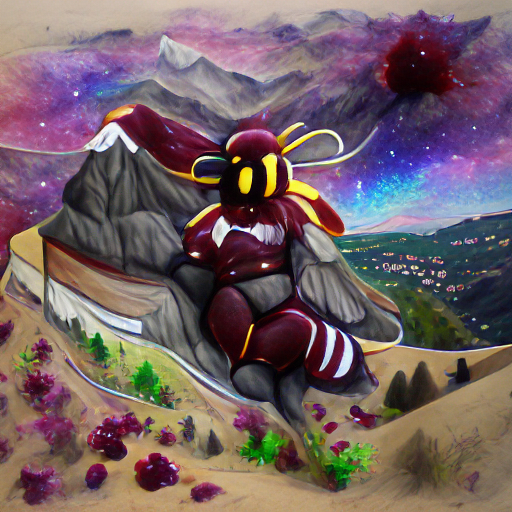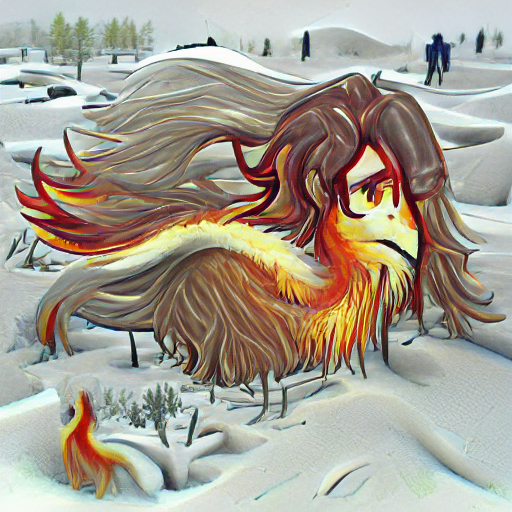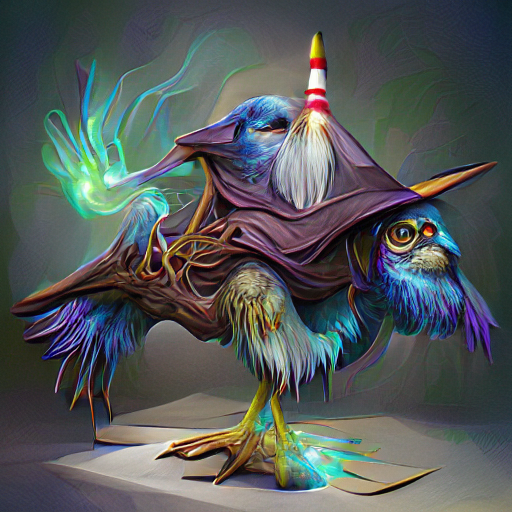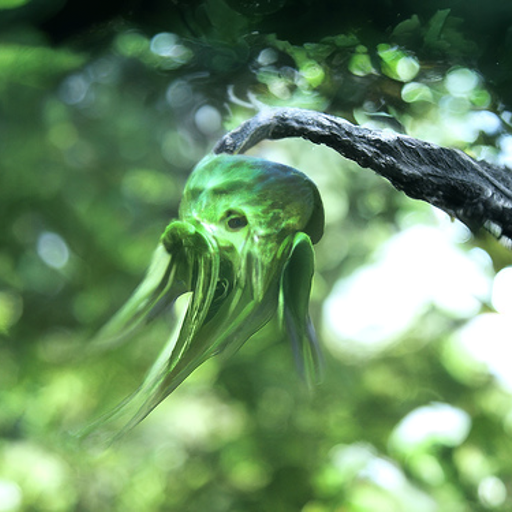
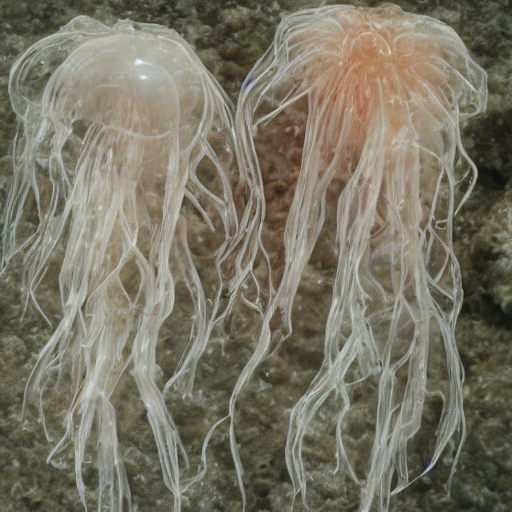
Aparilla are small, translucent invertebrates from the sea, best known for the soft glow they emit on dark nights. Although they are quite tiny, only growing to about the size of a thumb, they pack quite a punch when it comes to their defense mechanisms. When threatened, they release a burst of bright light and a loud, high-pitched noise that can disorient their predators. They can also release a poisonous substance that causes a painful, burning sensation.
Aparilla tend to live in large groups, known as colonies, and work together to protect and defend their territory. They are fiercely loyal to their colony, and will go to great lengths to ensure its safety. However, they can also be quite territorial, and will attack any intruders that wander too close to their home.
Breeding patterns for aparillas are complex and still not fully understood by scientists. They are known to reproduce through both sexual and asexual means, with some individuals capable of producing offspring without the need for a mate. Aparillas are also known for their ability to regenerate their tentacles, which allows them to continue hunting and reproducing even after being injured.
Despite their small size and seemingly fragile nature, aparillas are actually quite resilient creatures. They can withstand extreme temperature fluctuations and are able to adapt to changing environments with ease. This has allowed them to thrive in many different areas of the world, including both warm and cold climates.
Overall, the aparilla is a unique and fascinating creature that continues to capture the attention of scientists and marine enthusiasts alike. Its mysterious behavior and adaptability make it an important subject of study in the field of marine biology.
Explore an endless universe of ficticious life on NovelGens.

